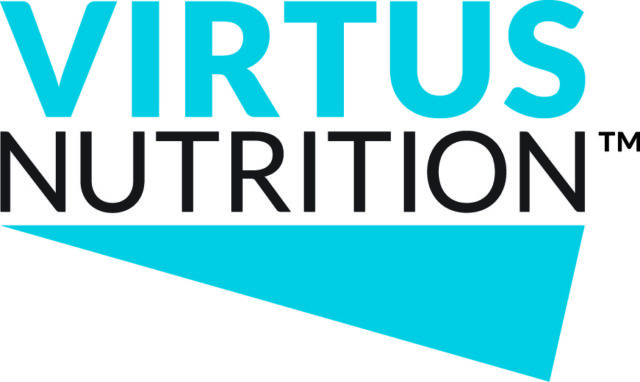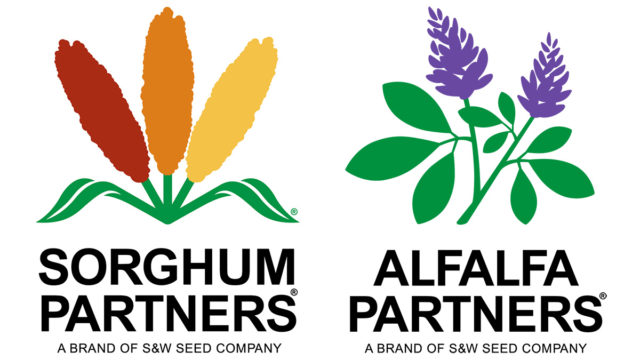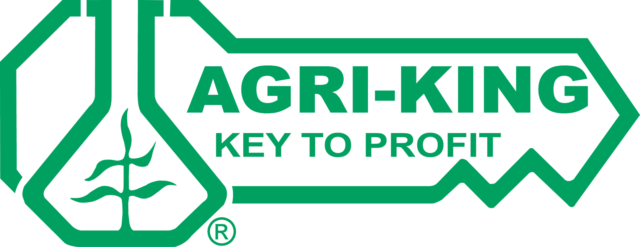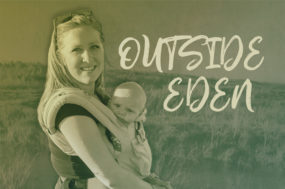With hundreds of thousands of dairy cattle in my backyard, multiple loads of hay and straw are a daily occurrence running past my house. It is something that has become a part of life where I live.
There have been, on very rare occasion, a few lost bales over the years. A few months ago I saw a load of straw tipped over near the Interstate 84 overpass. A year and a half ago, a loose bale nearly took out the fence along the pasture which runs between my house and my brother’s. While rare loads have slipped and accidents have happened over the last three decades, I have confidence in the men and women who keep the feed moving up and down the road.
The real story of load securement has its roots in a little piece of international legislation commonly referred to as NAFTA (the North America Free Trade Agreement). Back in the mid 1990’s when this piece of law came into effect, the federal government got together with their counterparts in Canada and Mexico and decided a uniform method of load securement would need to be adopted to make sure products could freely flow across the borders in a safe manner.
While the concept was meant to keep the roadways safe, it also meant industries needed to speak up at that time so any exceptions to general securement rules could be evaluated and considered. The call went out, but most all agricultural entities (hay and straw, fruit and vegetable, cotton and many others) failed to respond to the requests of the government. That was the first warning shot.
A few years went by, and as things go in Washington, D.C., someone adopted a law with regards to general cargo securement. For most industries, it was all fine and dandy. Life was good. Life was easy. Make sure each item on the load is individually secured, and you can go on your merry way.
Just so we are all clear as to what the law actually says, I quote the following:
•Sub-section 393.100(b) requires that cargo must not leak, blow or fall from the motor vehicle.
•Sub-section 393.100(c) requires that cargo must be contained, immobilized or secured to prevent shifting upon or within the vehicle so that the vehicle’s maneuverability is not adversely affected.
•Sub-section 393.102 requires the load securement system to withstand 0.8 g longitudinal deceleration, 0.5 g longitudinal acceleration and 0.5 lateral acceleration when applied separately.
It sounds easy enough, and quite frankly, the traditional ways of securing and hauling hay met the definition. The problem came in the interpretation of the law and the proof that the old system met the new laws.
Another story
At this point I need to introduce a gentleman whose story this really is. Taylor Stack of Fallon, Nevada is the person who really took a look at things as they began to unravel in the late 1990s. Taylor is a hay broker who has been involved in the hay industry for the past 36 years. His involvement began with several local and state meetings regarding what he considered to be an unusual trend of enforcement of odd federal laws in Nevada. The following is a quote from him about his journey through the past several years:
• In the late 1990s in Nevada, lateral strapping of baled hay and straw was being enforced in a manner as never before.
• In approximately 2003, Nevada Hay Securement was being interpreted to extremes which had never been done before.
• After several meeting with state officials, a joint resolution was passed in the Nevada Mining and Agriculture committee for FMCSA (Federal Motor Carrier Safety Administration) to reconsider baled hay and straw being included in general cargo regulation as safety became a factor.
•I was informed of and attended the North American Cargo Securement Harmonization Workshop in Albuquerque, New Mexico in April 2005. The problem with baled hay and straw was recognized and well received. A task force was immediately formed between the United States and Canada to resolve all issues related to baled hay and straw securement law. The goal for the task force was to provide proof that baled hay and straw required a commodity-specific rule separate from general cargo.
• In September 2005, I attended the next North American Cargo Securement Harmonization Workshop in Indianapolis, Indiana. The engineering study conducted by the Oregon State Department of Agriculture was presented, proving we could meet the new performance criteria and get support from the surrounding states. A Powerpoint presentation was given to the workshop committee showing our concerns. The committee agreed to move forward to a commodity-specific rule for baled hay and straw securement. Temporary relief of the new regulation was asked for and further contact was to follow.
*Editor’s note* - I would highly recommend viewing this presentation at www.nmta.com After accessing this site, click on “Hay Cargo Securement” under the “Useful Information” section on the left. It is well worth the time.
•In April 2006, I attended the next North American Cargo Securement Harmonization Workshop in Hartford, Connecticut. All correspondence and communications with FMCSA had failed since the last meeting. After arriving at the workshop, it was found that a position change in the FMCSA division was the reason action items were not addressed nor completed in the previous six-month period. The new staff member for FMCSA apologized for the delay and promised to move forward without delay.
•In September 2006, I attended the next North American Cargo Securement Harmonization Workshop in Toronto, Canada. Again, the FMCSA failed to correspond with me on the progress of our requests. During this workshop I was informed that funding had been allocated not only for baled hay and straw but other agricultural items as well. A personal contact for me to work with directly from FMCSA was given to expedite the enforcement memorandum for temporary relief from the new federal regulation. Upon completion of these action items, a permanent rule will be issued to move baled hay and straw to a commodity-specific law.
Welcome to 2007
So, where does that leave us today? As the law currently stands, the Final Rule came into effect in April of 2006 (January 1, 2007 for California). Currently, all hay and straw is to be transported as general cargo. Until the follow-up meeting happens in March, this will be the law enforced throughout North America. For most people, it means securing loads as they have been doing (with V-boards and longitudinal straps) and then adding the extra measures as outlined in the general cargo rules. Again, I would suggest viewing the Powerpoint presentation to fully understand how this works.
Most local and state authorities are aware the general cargo rules are not designed to safely transport hay and straw but are trying to work with it the best they can. They can’t ignore the law they are to enforce, but they also understand inherent safety problems exist if strict enforcement is adhered to. People hauling hay are asked to use their best judgement in load securement, keeping in mind the new regulations. If in doubt, contact your state transportation department for further clarification.
The moral of the story is...
In this case, there are two morals to the story. First, the hay and straw hauling industry has really dodged a bullet this time. Because of one individual with the continued support from local and state groups, we will hopefully have a temporary stay to the insane rules by March. (I will do my best to keep everyone up to date with where things stand.) That should be followed by a permanent rule change that will make sense to everyone.
The second moral is simple in its statement, yet broad in its potential impact to the industry. Simply stated, we all need to get involved with what is going on. From local to state to national organizations, every one of us has the ability to let our voice be heard. Taylor Stack did just that and everyone in this industry will hopefully feel the positive effects. If you ask him, he simply states he knew something needed to be done, and he just felt he needed to see it though. I think we are all very grateful he did. FG
Darren Olsen, Editor









